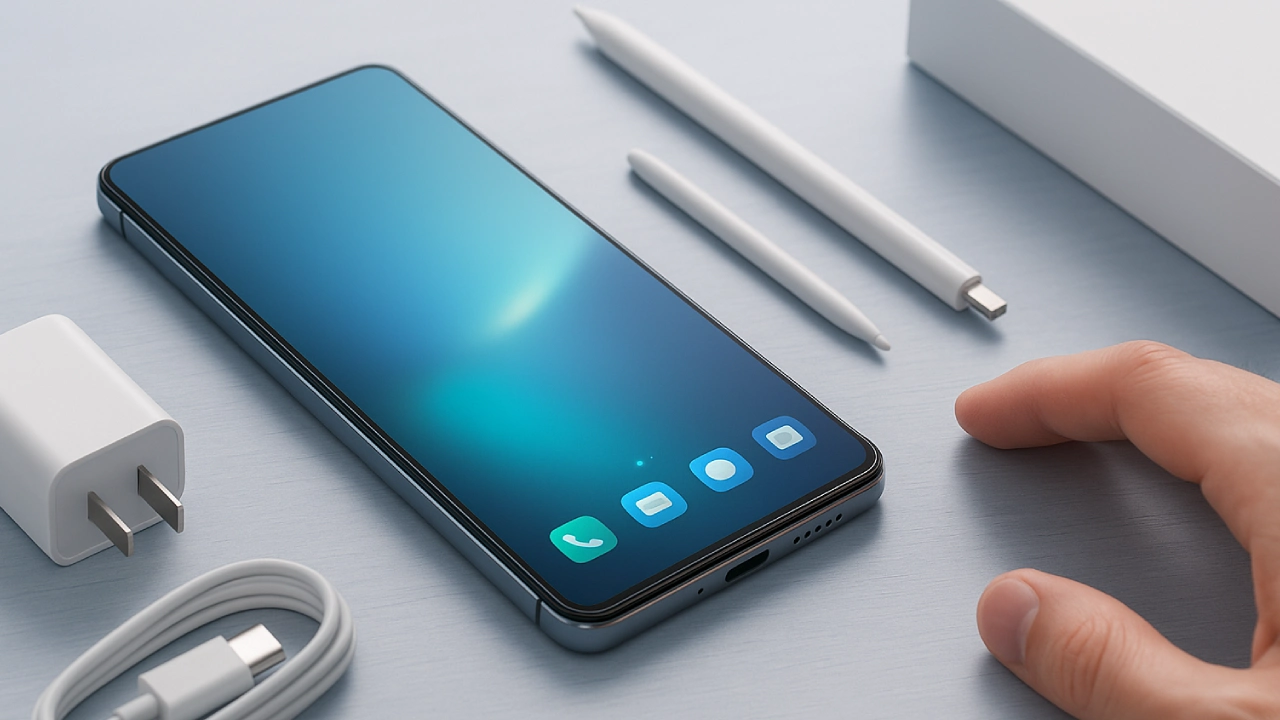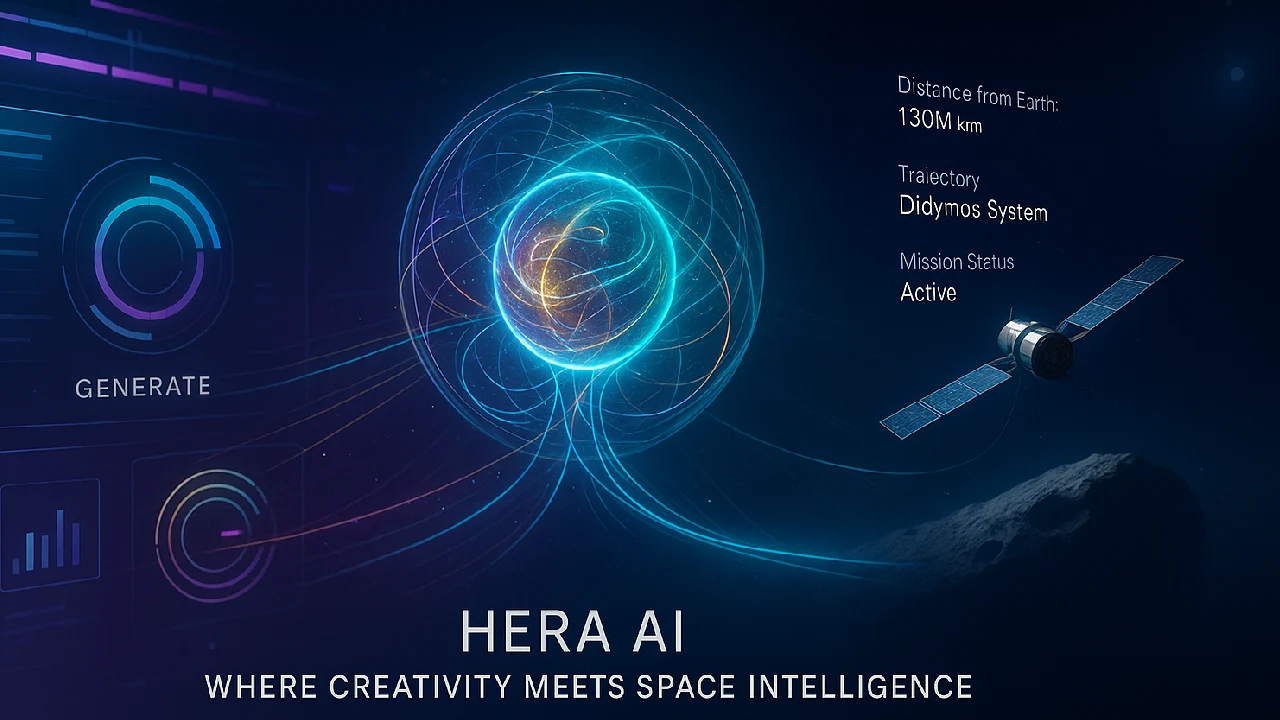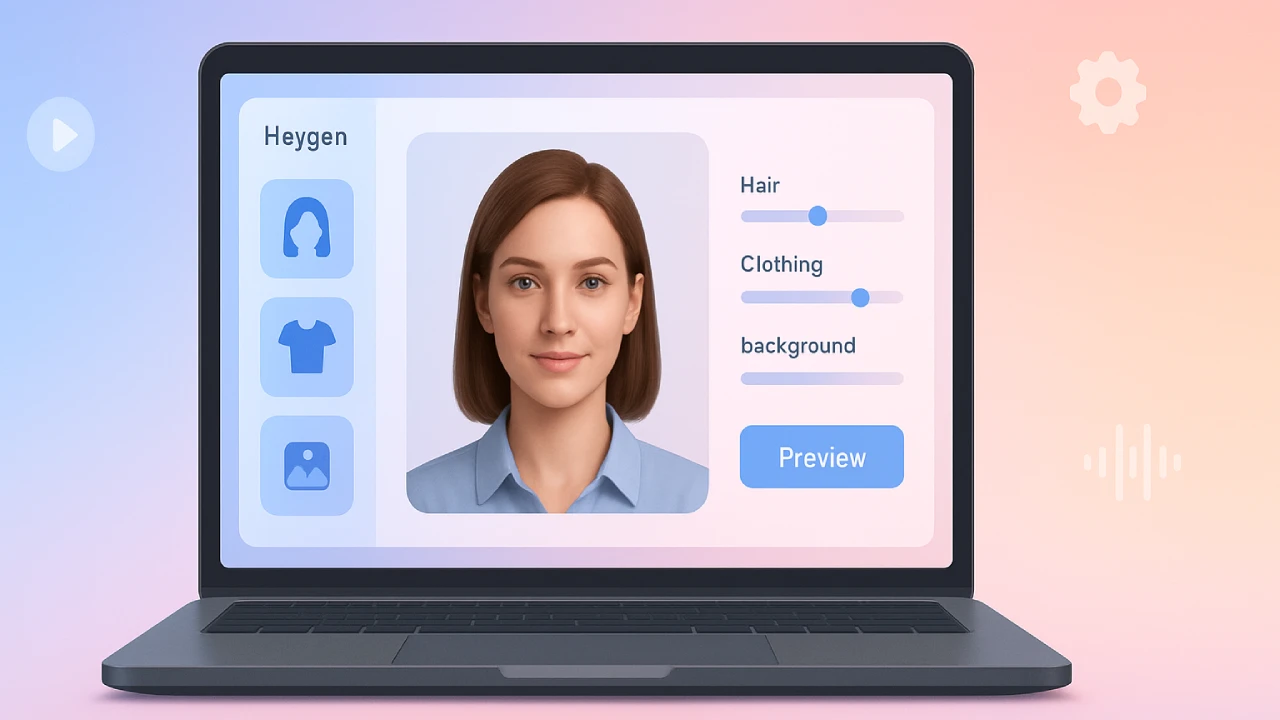Smartphones have significantly advanced in terms of display design. One of the latest innovations is the under display camera (UDC), which hides the front camera underneath the screen. This helps create a truly full-screen experience without notches, punch holes, or pop-up mechanisms. But how does this technology work, and what are its advantages and challenges?
This blog explains the workings of UDC technology, its current use in smartphones, benefits, limitations, and what the future holds.
What is Under Display Camera (UDC) Technology?
An under display camera is a front-facing camera placed behind the phone’s screen. The goal is to make the display completely smooth and uninterrupted, offering users more screen space and better visual experiences when watching videos or playing games.
How UDC Technology Works
The part of the screen above the camera is made to be slightly more transparent, allowing light to pass through to the camera sensor. This is usually done by lowering the pixel density in that area.
However, the display layers between the camera and the outside light can cause the light to scatter or weaken, making it harder for the camera to capture clear photos. As a result, the image quality is often not as good as traditional cameras.
To fix this, phone makers use software and artificial intelligence (AI) to improve the pictures taken by UDCs.
Smartphones Using UDC Technology
Several companies have already launched phones with under-display cameras:
- ZTE was the first with the Axon 20 5G and later released the improved Axon 30 5G and Nubia Z50 Ultra.
- Samsung added UDC to its Galaxy Z Fold3, Fold4, and Fold5 models. These cameras have a 4MP resolution.
- Xiaomi introduced UDC in its Mi MIX 4 smartphone.
- Vivo demonstrated the technology in its concept phone, Apex 2020.
Industry experts predict that the UDC smartphone market could grow from 10 million units in 2023 to more than 100 million by 2027. Experts expect Asia, particularly China, to spearhead this growth.
Benefits of UDC Technology
- Full-Screen Display
- UDC makes it possible to use the entire front of the phone for the screen, offering better visuals and a cleaner look.
- Facial Recognition and Video Calls
- These hidden cameras are used for video calls and unlocking phones using face recognition. Some companies are also working on improving eye contact during video calls.
- Better Design and User Experience
- With no punch holes or notches, phones look more modern and sleek.
- Support for Digital IDs
- UDCs can help with secure facial recognition for digital identification systems.
Challenges of UDC Technology
- Image and Video Quality
- Photos may look blurry or unclear, especially in low light, due to the display layer’s blocking light.
- Visibility of Camera Area
- The part of the screen hiding the camera may still be slightly visible and look different from the rest of the display.
- Color Accuracy
- Display layers can change how light enters the camera, which affects the colors in photos.
- Low-Light Performance
- The camera struggles in dark settings, making facial recognition less reliable.
- Screen Burn-in
- The area above the UDC can wear out faster than the rest of the screen.
- AI Image Processing
- UDC cameras rely on AI to fix images, which uses more battery and processing power. Sometimes, the results may look unnatural.
- High Costs
- UDC technology is expensive and still under development. It is not yet widely available in budget phones.
- Biometric Limitations
- Advanced facial recognition using special sensors doesn’t work well with current UDC designs due to hardware limitations.
- User Preferences
- Some users still prefer traditional front camera designs because they offer better photo quality.
Recent Improvements and Research
- AI Improvements
- New AI tools are being developed to remove glare and dark spots in videos taken with UDCs. One such method improved video quality by over 1 dB in tests.
- Better Display Materials
- Companies like OTI Lumionics are working on new materials to make UDC and face recognition work better together.
- Stronger Pixel Performance
- New designs help reduce screen burn-in and improve the brightness of the camera area.
- System Integration
- To make UDC work perfectly, all parts of the phone, including the display, camera, processor, and software, must be designed together.
What’s Next for UDC Smartphones?
Under display camera are still improving, but the future looks bright. Brands like Samsung, Xiaomi, and Apple are investing in this technology. Experts believe that by 2026 or 2027, UDC could become a common feature in premium smartphones.
As the technology becomes more affordable and reliable, we can expect to see more phones offering a full-screen design with hidden cameras.
Conclusion
Under display camera technology is a step forward in smartphone design. While there are still some challenges with image quality and cost, improvements in AI and display materials are helping solve these problems. UDC offers a cleaner, more immersive screen experience and is likely to play a major role in future smartphone trends.







